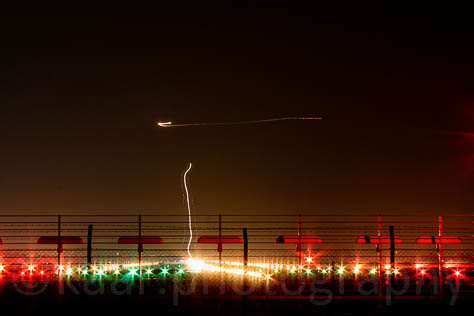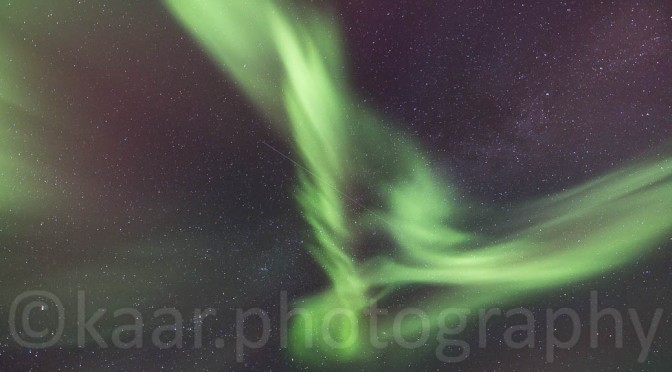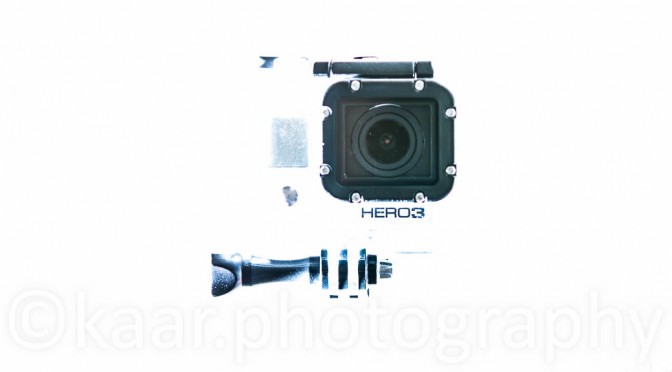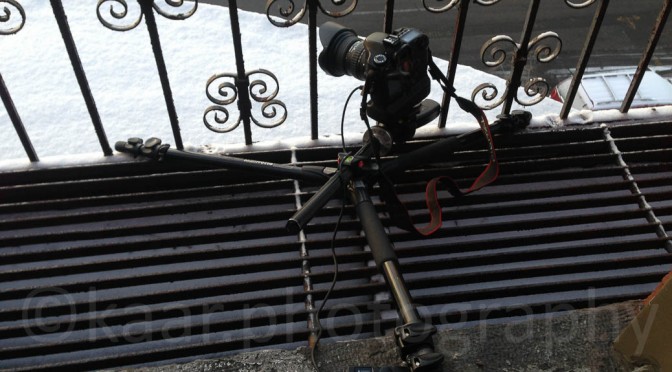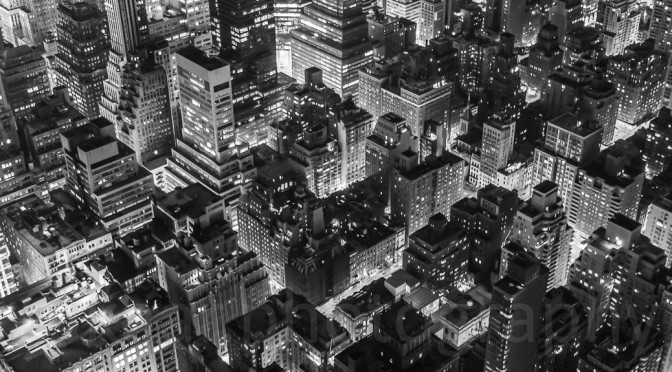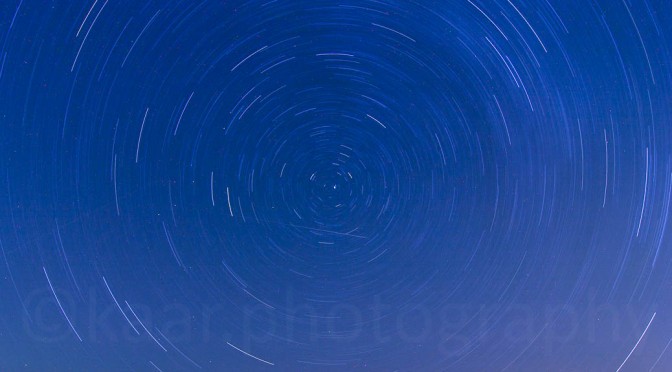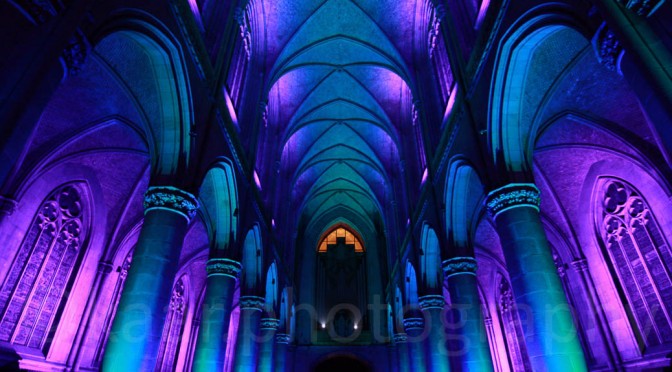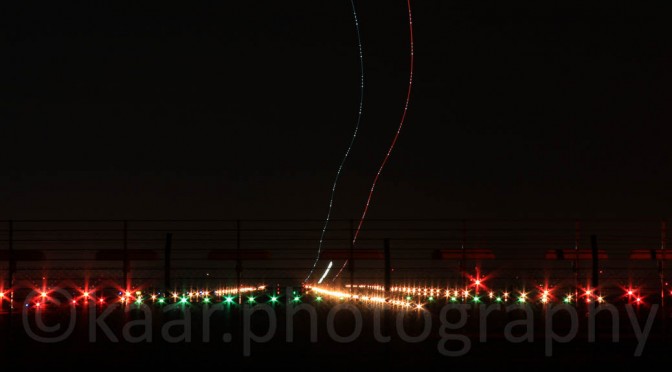Another fascinating time lapse video by Dominic Boudreault. Solely on Manhatten this time.
Category Archives: Photography
How to Photograph The Aurora
The Aurora a. k. a. polar light, a primordial stunning natural phenomenon, predominantly occurs close to the magnetic poles; depending on the hemisphere they are also referred to as northern lights or aurora borealis and southern lights or aurora australis. The illumination is created by particles emitted by the sun (stellar wind) reacting with the Earth’s atmosphere.

Polar lights look and behave somewhat similar to clouds. Some hang there for several hours with very little change. But other occurrences only last for one or two minutes and rapidly change its shape during that short period like clouds in strong wind. They also vary in intensity and color. The intensity ranges from barely visible to the naked eye to easily viewable with distractions like light pollution or moonshine; we got to see it from the hotel room several times. Depending on the altitude of the reaction the aurora will appear most commonly red and green but more colors are possible.
Selecting and Preparing The Equipment

First of all: the good news is it does not take expensive photography gear to capture an aurora. You will be able to take very reasonable photos with a point-and-shoot camera. Not with you smartphone though because it will be blurry for sure. Anyway I focus on photography equipment and further on DSLR paraphernalia although also applicable for smaller cameras. If you want a more extensive list including thoughts on apparel please read up on aurora-service.eu. Many of the following is probably obvious to the experienced night photographer:
- A tripod that will easily carry the weight of your camera plus lens and which is solid (or heavy) enough to bear up against wind.
- A remote shutter control (many different options here from infrared, cable, third party smart phone apps…) or 10s self-timer for your camera to be close to a complete rest at the time the shutter opens.
- A lens (or camera) with high aperture, f/4 or higher.
- Bring a wide angle lens or even a fish eye. Polar lights span across a third or even half the firmament.
- Switch off the image stabilizer! Using an image stabilizer on a tripod is counterproductive and potentially blurs your image! Plenty of other articles on this one, e.g. photonaturalist.net and antonionunes.com, also see example below.
- Your auto-focus will not work in the darkness. I found the best approach to manually focus in the almost pitch black night to make a few test photos with different infinity focus positions to find the optimal one. Besides many other parameters, the infinity focus also depends on temperature so you might want to check on its accuracy after a while out in the freezing cold.
- Always shoot in full manual mode; I got my best results with 30s at f/4, ISO 2000 and 30s at f/5, ISO 1600 with the moon illuminating the snow.
- Also, make sure your lens is cleaned and remove any filter you might have attached; a decent protection filter that will not cause any reflections is probably ok.

Picking a Scene
I assume you generally know where an aurora can be observed (otherwise aurora-service.eu again is a good start). This is more about composition and fine-tuning for creating a stunning photo.

Ideally you have a good guess where the aurora will occur; i.e. about the orientation of the magnetic pole from your position and the intensity of solar activity (determines how far south on the firmament the aurora will go). Also, consider the moon! It is a great source of light for illuminating any landscape you would like to use in the foreground of your photo. For that scenario you want the moon behind your back but generally you won’t have much trouble here. If you don’t see it, read about the ecliptic, find out that the moon figuratively follows the sun, and then think about it ;).
I didn’t make any efforts here (unfortunately). I would recommend to pick a nice spot during daylight or do some research with google earth or any other map app. Maybe you can find a lake for some reflections, some haunting trees or uniquely shaped rocks or stones.

If you are on the northern hemisphere you would generally place yourself south of the foreground. The aurora potentially spans from west to east across the northern sky. Give yourself a little flexibility that you easily can adjust the direction and still have an eye-catching foreground. This is a great example by twanight.org photographer Stephane Vetter.
kaar.photography goes live!
In late 2014 I took my 100,000th photo! For that reason I just launched a new website exhibiting only a few of my most favorite photographs from the last six years. Enjoy kaar.photography!
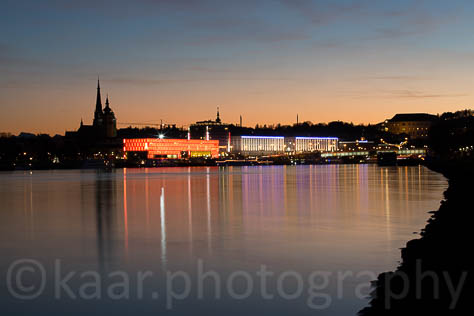
Freaking Awesome GoPro Vacation Video
The Time Lapse Project – Episode 2013
Here the Episode 2013 of my Time Lapse Project! The video features Sicily, Stromboli, New York City, Washington D.C., Boston and Las Vegas!
The Time Lapse Project – Episode 2012
Here’s the first release of my Time Lapse Project! The video shows scenes from the Gastein Valley, Linz, the Bohemian Forest, Toronto and Milan. Enjoy!
The City Limits
The World At Night
AEC currently hosts an exhibition of night photos taken by photographers all over the world. All photographers are a member of TWAN, an organization built around the passion for the night sky and photography. Visit their website and of course take the chance and visit the exhibition–here’s a preview: flickr.

I share their idea of shooting the night sky but hadn’t too much opportunity so far; above is one of few photos I took (Wahweap/Page, AZ).
Night of The Churches
Last night we visited the major cathedral in Linz, the Cathedral of the Immaculate Conception, to watch the light show that was set up for the Night of The Churches–a yearly cultural event across all Austria, where various performances of choirs, lessons, meditations etc. are arranged. Could be a scene from a Harry Potter movie, right? Here’s one of the photos:
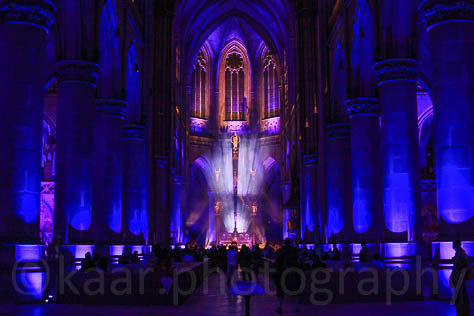
Great opportunity for some photography! Check it out next year! Bring a tripod!
More Aviation Exposures
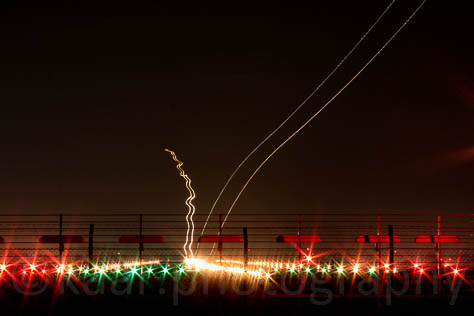
Earlier this evening I returned to the Blue Danube Airport Linz, to try some more time exposures. This time all corn was harvested, so I had a unrestricted view on the runway. My conclusion after taking a couple of photos: tiny aircraft are quite unstable; at least more than they seem to be. Have a look and form your own opinion!
